Glass -Test-Tube++
Glass test tube, also known as culture tube and sample tube, is a common and widely used glassware, which has a finger-like length, open top and closed bottom. It can be made of soda-lime material, borosilicate glass or quartz glass. And borosilicate glass and quartz glass test tube can withstand high temperatures up to several hundred celsuis.
Report Abuse
Shipping Details
Based on 0 reviews
Be the first to review “Glass -Test-Tube++”
You must be logged in to post a review.
Vendor Information
- Store Name: ATLANTIC Scientific and Research Supply
- Vendor: ATLANTIC Scientific and Research Suply
- No ratings found yet!
-
Health & Medical
IR spectrophotometer
A Spectrophotometer is an analytical instrument used to identify materials including organic polymers. Infrared spectrophotometers record the relative amount of energy as a function of the wavelength/frequency of the infrared radiation when it passes through a sample. Therefore, chemical structures of different samples will reflect differences in the IR absorption spectrum allowing for identification of a sample. Unlike a dispersive spectrometer, an FTIR spectrometer or FTIR spectrophotometer is used to simultaneously obtain spectral data of a sample. It does this by using an interferometer to collect the interferogram, also known as the raw data/signal format, which can then be translated into the infrared spectrum of the sample by means of a fourier transform algorithm. As a result there are many advantages including greater signal-to-noise ratio, high resolution, higher throughput, and a short wavelength limit. FTIR spectrometers can be used in a variety of industries including environmental, pharmaceutical, and petrochemical.
SKU: n/a -
Health & Medical
Deep Freezer
- Type: Chest Freezer
- Total Gross capacity Liter: 545
- Freezer Gross Capacity Liter.: 545
- Dimension(W*D*H): 1654*745*905
- Gross Capacity (Cubic Ft.): 19.26
- Temp Freezer: Min -28
- Net Weight (Kg): 76 kg
- Gross Weight (Kg): 86 kg
- Voltage Range: 105V – 260V
- Refrigerant: R600a
- Food Basket: 2
- Super Freeze Function: Yes
- LED Lights: 2
- Power On Indicator: Yes
- Climate Class: T
- Copper Evaporator: 5 sides
SKU: n/a -
Health & Medical
Vernier caliper
Manufactured from hardened stainless steel with dual reading in Imperial to 0.001in and in Metric to 0.02mm. The universal four-way measurement facility enables reading in External, Internal, Depth and Step modes.
The sliding thumb lock feature easily allows quick and precise measurements to be taken.
The satin finished scales and beam ensure fast, easy and accurate readings.
A strong plastic storage case provides a secure home for this precision instrumentSize 150mm / 6in
SKU: n/a -
Health & Medical
Digital Balance
The Digital Balance is a must-have addition for plastic container laboratories or at-the-line inspection stations. This versatile unit features a digital display for precise weight measurements and simple operation. A built-in RS-232 interface facilitates the transfer of data. This unit is ideal for section weight and volume fill-height measurement activities.
High accuracy weight measurement for containers and preforms
Used for preform and/or bottle weight and fill measurements
SKU: n/a -
Health & Medical
Flame Photometer
7- inch color touch- screen
Direct concentration display (Don’t cover FP-I640)
Automatic calculation of correlation coefficient (Don’t cover FP-I640)
Pre-selection of flame sizes
Flameout protection device
Measuring range changing
Concentration units selectable
Multilingual user interface
Air compressor provideSKU: n/a


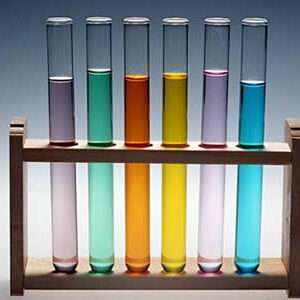
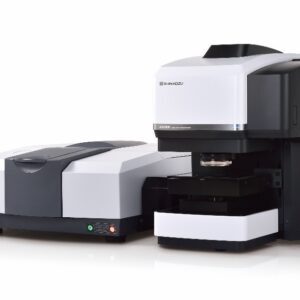
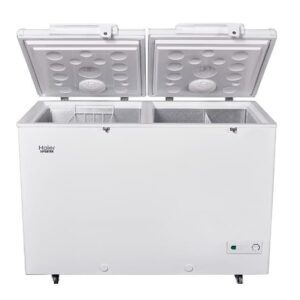
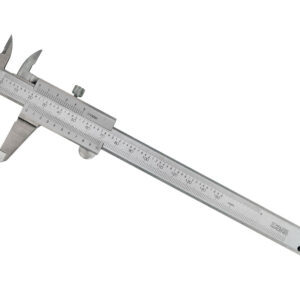
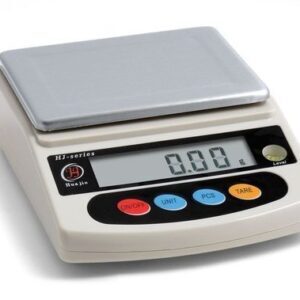
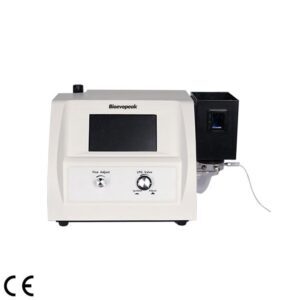
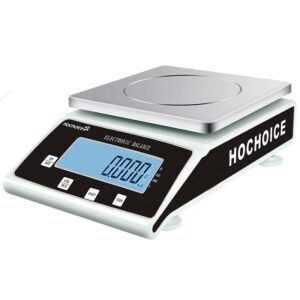
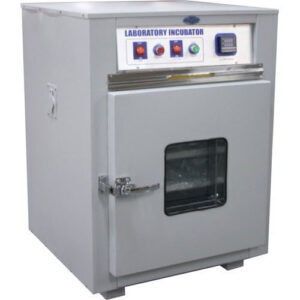

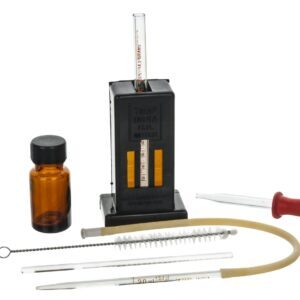
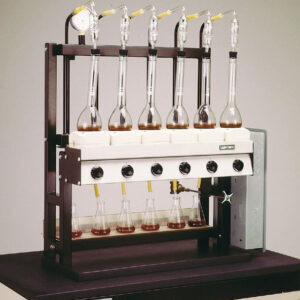
There are no reviews yet.